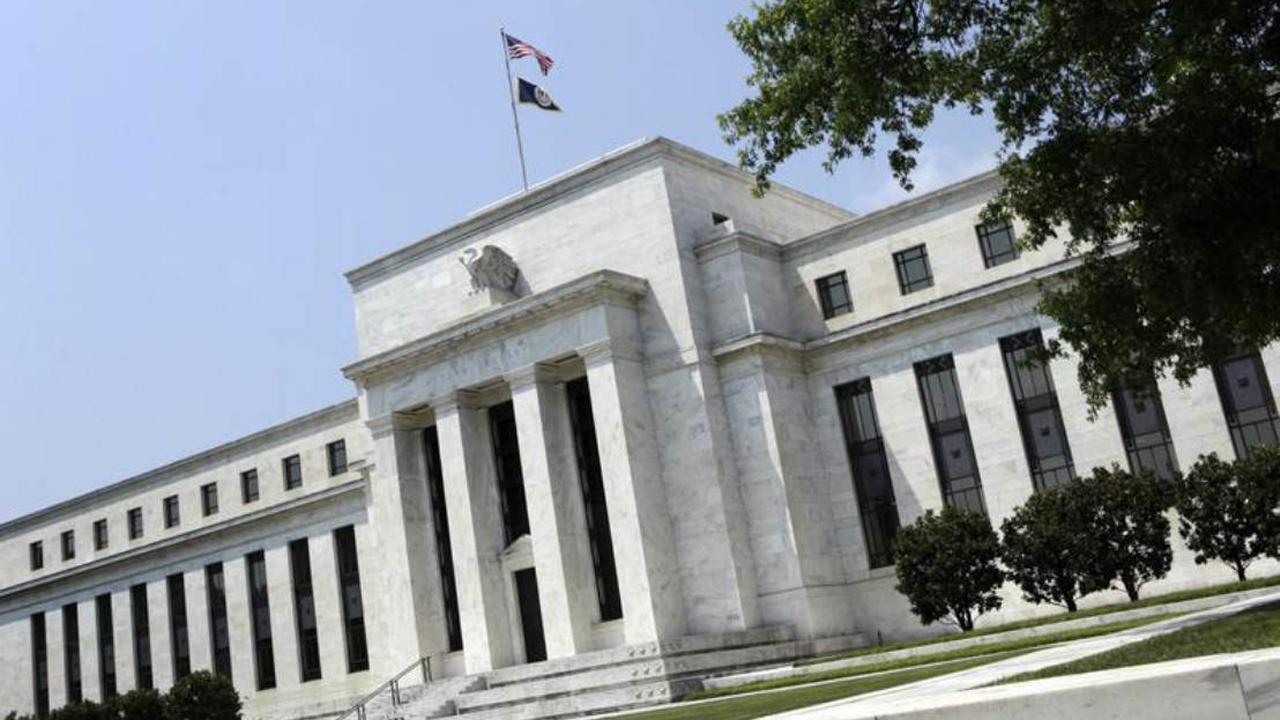Fed deliberates how and when to roll out more economic support
Fed officials face 3 related deliberations over what to do
Federal Reserve officials are set to discuss next week how to provide more economic stimulus, though they have signaled comfort leaving policy on hold until they learn more about how the coronavirus pandemic is weighing on the U.S. economy.
Deliberations at their July 28-29 meeting could determine how soon officials can finalize any plans, which would be unveiled either at their September meeting or later this fall, according to interviews and public statements.
Fed officials face three related deliberations over what to do.
FED INTEREST RATES WILL BE NEAR ZERO FOR YEARS - HERE'S WHY YOU SHOULD CARE
The first concerns describing how long they plan to keep interest rates near zero. The second centers on whether to augment that support by changing the composition of their purchases of Treasurys and mortgage bonds toward longer-dated securities, as they did after the 2008 financial crisis. The third entails concluding a yearlong review of the Fed's long-run policy-setting strategy.
Several officials have said they would be better able to decide the exact nature of their plans on the first two items once they get a clearer view of the economic outlook, which remains very uncertain. The decisions could turn, for example, on whether a recovery is taking hold or the economy has taken a turn for the worse.
The results of their review, meanwhile, could further complement their broader strategy. Before the pandemic hit, officials were close to agreeing on an important change to their formal statement of long-run goals. The change would effectively abandon the Fed's longtime strategy of always raising rates pre-emptively to prevent inflation from rising above their 2% target.
Instead, officials would allow inflation to average 2% over time. This means that periods of inflation below that level would be followed by periods in which they allow inflation to exceed it. The Fed currently doesn't take past performance of inflation into account.
FED EXPANDS MAIN STREET LENDING PROGRAM TO INCLUDE NONPROFITS
In an interview last week, Philadelphia Fed President Patrick Harker said he would prefer to hold rates at low levels "until we see substantial movement in inflation to our 2% target" with inflation "ideally overshooting a bit."
Dallas Fed President Robert Kaplan said in an interview last week if inflation has run below 2% for some time, "I'd be willing to say something to the effect, we'd be likely or receptive to running an overshoot -- moderate overshoot -- for some period of time."
Officials don't feel urgency to rush new plans out right now. They believe their actions this year, including a suite of emergency lending facilities and $2.5 trillion in Treasury and mortgage-bond purchases, are providing significant support to the economy.
Moreover, the Fed has already provided a measure of so-called forward guidance about their plans with projections last month showing most officials don't anticipate raising rates for years. Fed Chairman Jerome Powell said last month the central bank is "not even thinking about thinking about raising rates" after they cut their benchmark rate in March to near zero.
TRUMP’S FED PICKS SHELTON, WALLER MAY SEE SMOOTH SAILING TO POWELL’S CENTRAL BANK
Discussions right now are focused on how to tie their rate promises to inflation and unemployment benchmarks. Officials must decide whether to tie their guidance to both, or instead rely more heavily on an inflation goal, since inflation has for years run below their 2% target. Over the past five years, unemployment fell to lower-than-predicted levels, but higher inflation didn't materialize as forecast.
Fed officials have lauded their use of forward guidance and long-term asset purchases to stimulate the economy after the 2008 crisis, but there are reasons those tools may pack less zip today. First, investors aren't anticipating the Fed to raise rates soon, unlike market expectations during the recovery from the 2007-09 recession.
Also, asset purchases after the 2008 crisis focused on driving down long-term government bond yields to spur borrowing, but there is less room for the Fed to do that today because those yields are already at record lows.
"While we can provide substantial forward guidance, if you look at the two-year or the 10-year Treasury, people are not expecting rates to go up anytime soon," said Boston Fed President Eric Rosengren in a July 8 interview.
GET FOX BUSINESS ON THE GO BY CLICKING HERE
Officials are meeting at a critical juncture for the economy. They were surprised by a sooner-than-expected Spring bounceback in economic activity that was quickly followed by a resurgence in coronavirus infections, threatening to damp any summer rebound. That raises the risk of business failures and longer jobless spells.
Meanwhile, Congress and the White House are engaged in negotiations about how to structure additional relief measures for an economy buffeted by rising virus cases. Several provisions of a $2.2 trillion spending bill in March are set to expire soon.
The virus has created an especially uncertain outlook. Under one scenario, the economy resumes its recovery as public-health authorities make progress curbing the spread of infection, putting less pressure on the Fed to provide more support. Under another, the economy weakens further, demanding a bolder Fed response.
CLICK HERE TO READ MORE ON FOX BUSINESS
Officials have said policies designed for one path may not make much sense for the other. "There's a lot of variability in the potential scenarios," said Mr. Kaplan. "I'm going to have different views on how to calibrate -- whether we need to do more, what we may need to do -- based on how I think this virus is going to unfold."
Mr. Kaplan said he sees "some benefit to waiting" until at least the Fed's September meeting.
-- Michael S. Derby contributed to this article
